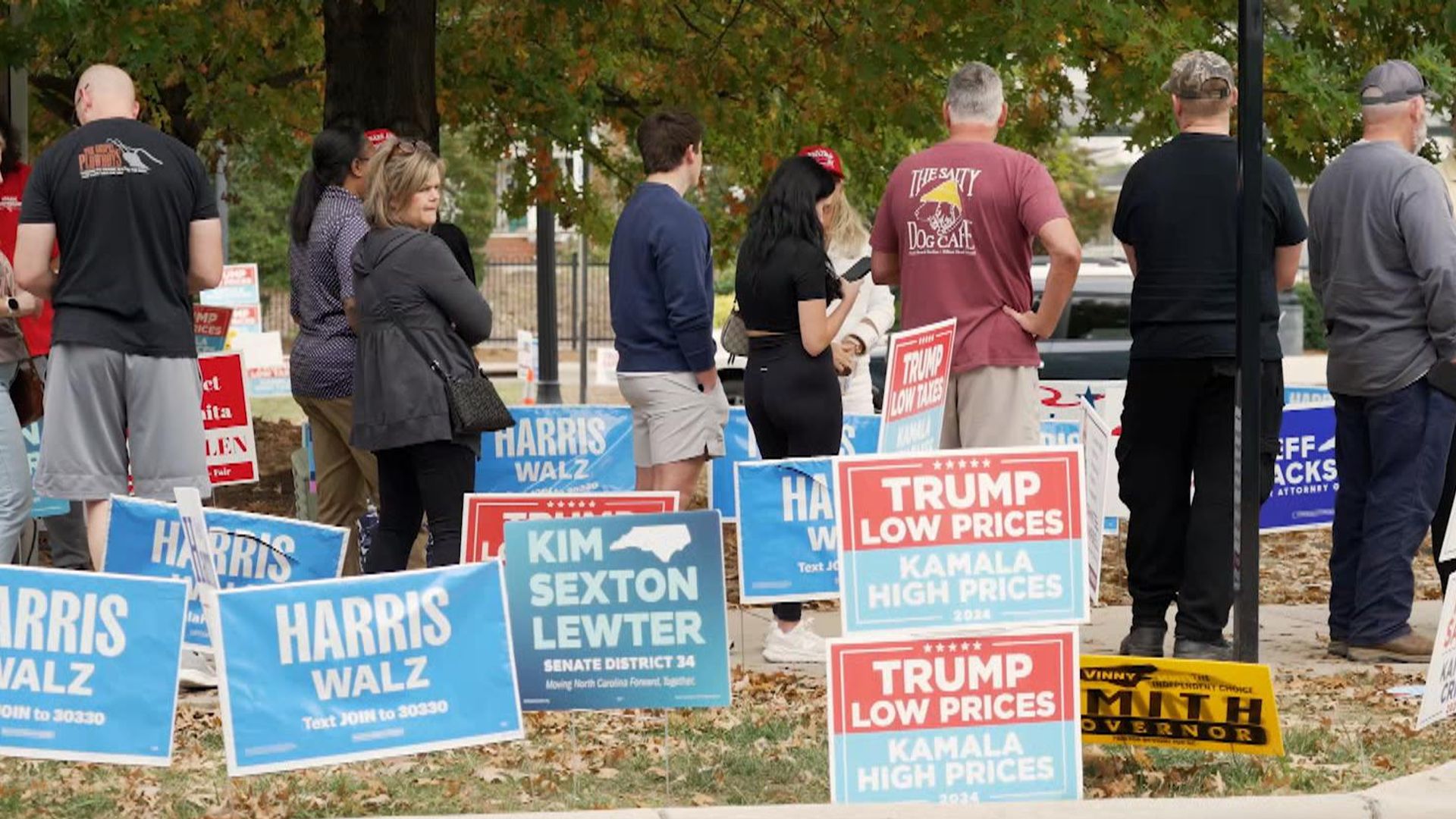
The BDN Opinion section operates independently and does not set newsroom policies or contribute to reporting or editing articles elsewhere in the newspaper or on bangordailynews.com.
Dan Shortridge is a former newspaper reporter, freelance writer and co-author of several local-interest books. He wrote this column for The Baltimore Sun.
Recently, I spent an hour sorting through newspaper stories from the mid-2000s about the sale of a regional drugstore chain. The week before, I skimmed articles from the 1960s about racial discrimination at a popular swimming spot. And prior to that, I was reading accounts of specters and phantasms at a home built in the early 1800s.
The details that materialize by diving into the local past illuminate life, business and culture at specific points in our history.
From the newspapers on my laptop emerged a portrait of the brothers who owned a hardware store that closed after a blaze in the 2010s. There was the report from the 1990s of a rumored treasure hoard buried at a long-lost Colonial-era Loyalist fort. And a 1960s account told how a movie theater at a new mall would have a seating plan designed “to eliminate bothersome rising to admit other patrons to the row.”
As a tool for exploring the details of our communities’ pasts, rather than the sweeping arcs of national or global events, local news is an invaluable first rough draft of history, as the saying goes.
Yet with local news at a crisis stage, we are now at grave risk of there being no rough first draft for many communities across the United States. Layoffs, buyouts, closures and mergers have resulted in spreading news deserts. We also have seen a rise of ghost papers, newspapers in name only but not in practice. The historians of 2073 will find giant gaps in their local histories from this time.
Multiple organizations are working to support local media, including the Local News Initiative at Northwestern and the Rebuild Local News coalition. Until that work can succeed, what America also needs is a local history project, with trained people researching, documenting and gathering the stories of today to help researchers tomorrow — starting in the no-news communities left behind by absentee investors.
Reporters could train volunteers in interviewing and research. These would be perfect roles for AmeriCorps participants with matching interests. College students in anthropology, history and journalism could all lend a hand. And hearkening back to FDR’s Federal Writers Project, this effort could find a paying home for local reporters and editors laid off by Gannett and others.
Some communities and historical societies have started something similar by gathering information about life under COVID-19 and the early pandemic. Yet for each national issue that grips the country’s imagination, there are thousands of smaller but no less important topics that don’t rise to the attention of our national media outlets.
With local journalism’s decline, the collective narratives of a community reported by independent experts at storytelling and information-gathering will simply vanish.
There are a few scattered bright signs. In my home state of Delaware, a local nonprofit fund has formed a once-unthinkable journalism collaborative, created internship opportunities and done research into news gaps. And several local independent weekly papers that fiercely cover their communities were sold within the last year — not to chains, but to current staff.
These papers have a simple strategy: Give their readers news that they can’t get elsewhere, from the new fire chief appointment to controversy over cellphone towers, from the new grocery store opening to the minutiae of zoning battles. Their in-depth, locally centered reporting will be essential for future historians.
No corporate chain has acquired them, no publisher three states away has hollowed them out.
Let’s hope for history’s sake that they remain strong for some time to come.










